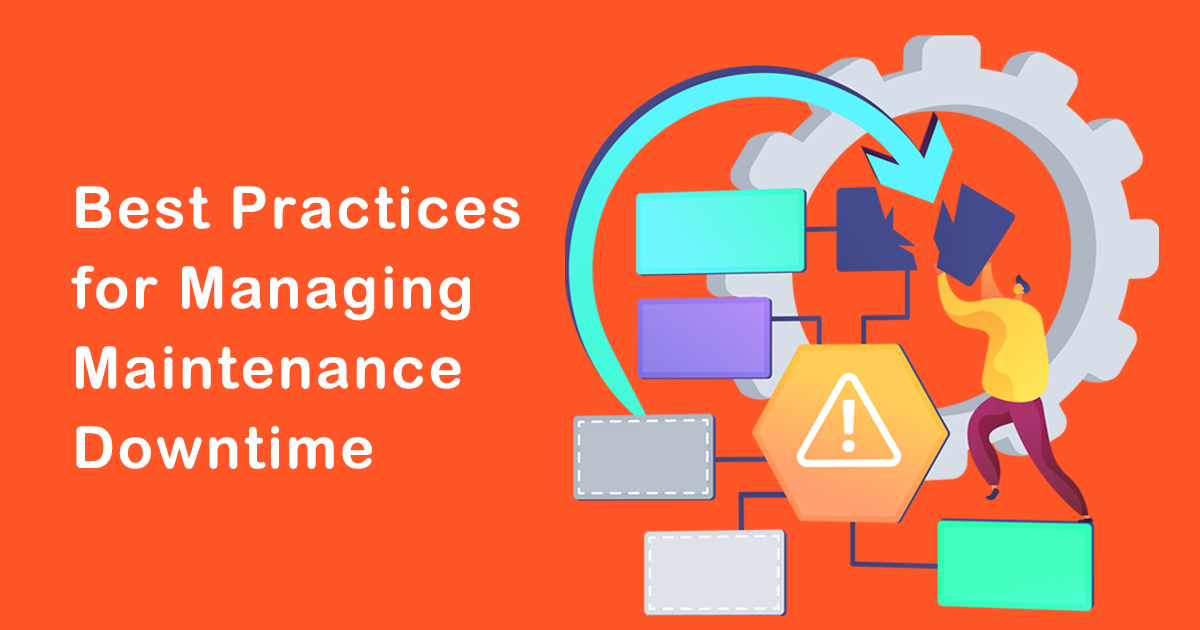Equipment downtime is a critical challenge faced by many manufacturing companies, particularly in India, where equipment failure is a common occurrence. In a manufacturing setting, equipment downtime can lead to significant losses, ranging from decreased productivity and increased operating costs to missed delivery deadlines and decreased customer satisfaction. Therefore, it’s essential for companies to manage equipment downtime effectively to minimize its impact on their business. In this blog, we will explore some of the best practices for managing equipment downtime, with a focus on the Indian context.
1. Develop a Maintenance Plan
The first step in managing equipment downtime is to develop a comprehensive maintenance plan. This plan should include regular equipment inspections, preventive maintenance, and emergency repairs. In the Indian context, where labor costs are relatively low, many companies rely on reactive maintenance, which can lead to higher downtime and repair costs. Developing a proactive maintenance plan can significantly reduce downtime and save costs in the long run.
2. Conduct Regular Equipment Inspections
Regular equipment inspections are an essential part of any maintenance plan. These inspections help identify potential issues before they become major problems. In India, where the operating conditions can be harsh, equipment inspections can help identify issues caused by factors such as high temperatures, dust, and humidity.
3. Train Employees
Properly trained employees can play a critical role in managing equipment downtime. Training should include operating procedures, maintenance procedures, and emergency response protocols. Employees should also be trained to identify potential issues and report them promptly to the maintenance team. In India, where employee turnover can be high, it’s essential to ensure that new employees receive adequate training before operating equipment.
4. Use Predictive Maintenance Technologies
Predictive maintenance technologies, such as vibration analysis and thermal imaging, can help identify potential equipment issues before they cause downtime. These technologies can help detect issues such as bearing wear, misalignment, and lubrication problems. In India, where the cost of downtime can be high, predictive maintenance technologies can help companies save significant costs.
5. Implement a Spare Parts Management System
Implementing a spare parts management system can help reduce equipment downtime by ensuring that the necessary parts are available when needed. This system should include an inventory management system, a process for ordering parts, and a process for tracking usage. In India, where transportation and logistics can be challenging, having a spare parts management system can help companies avoid delays in acquiring the necessary parts.
6. Implement a Continuous Improvement Process
Finally, it’s essential to implement a continuous improvement process to manage equipment downtime effectively. This process should include regular reviews of maintenance procedures, employee training programs, and the use of predictive maintenance technologies. In India, where technological advancements are occurring rapidly, companies must continuously update their processes to remain competitive.
Conclusion
Equipment downtime can have a significant impact on a company’s bottom line, particularly in the Indian context. By implementing the best practices outlined in this blog, companies can effectively manage equipment downtime, reduce costs, and improve their overall productivity. Developing a comprehensive maintenance plan, conducting regular equipment inspections, training employees, using predictive maintenance technologies, implementing a spare parts management system, and implementing a continuous improvement process are all essential components of an effective equipment downtime management strategy.








